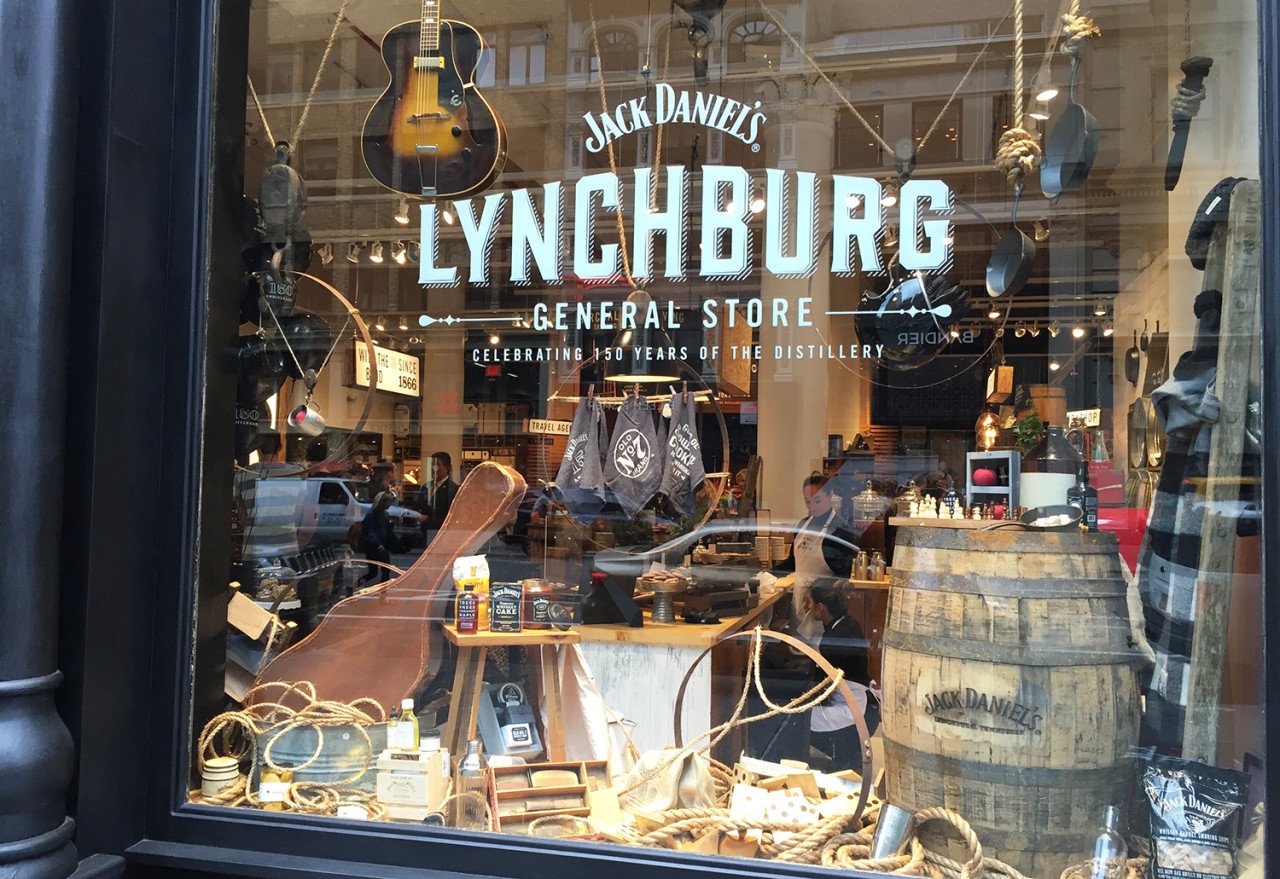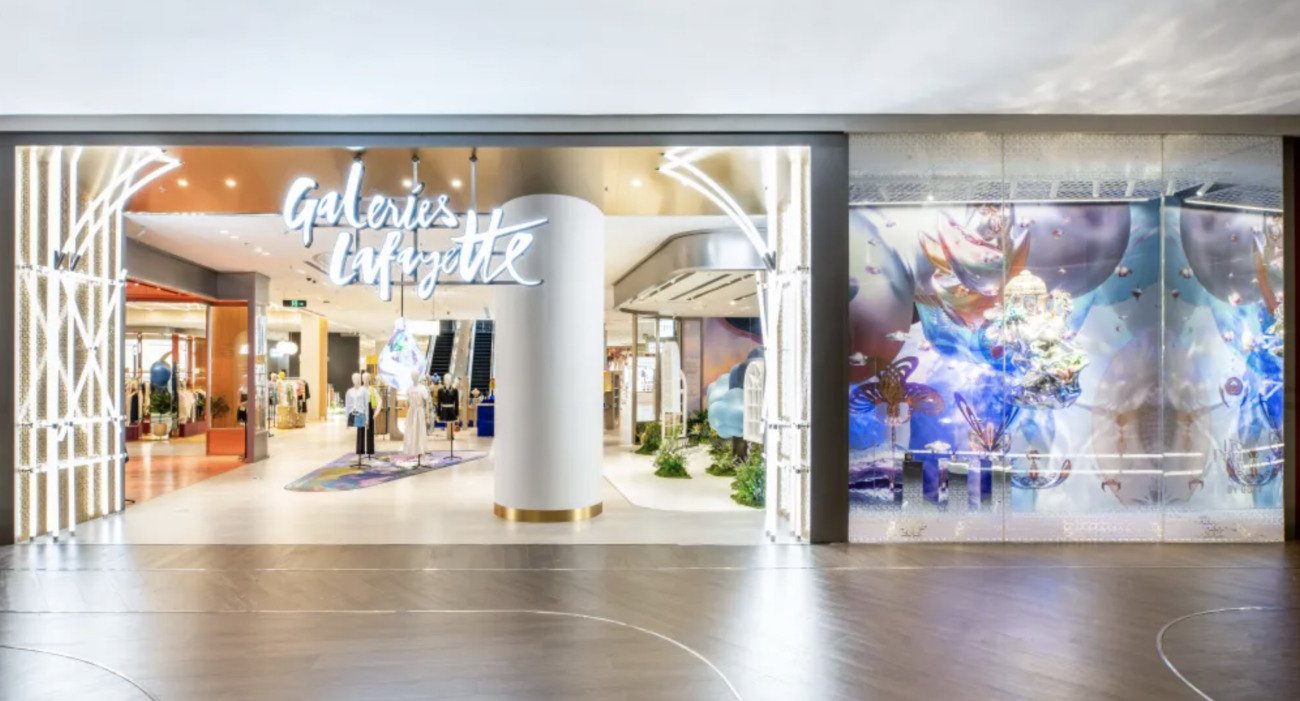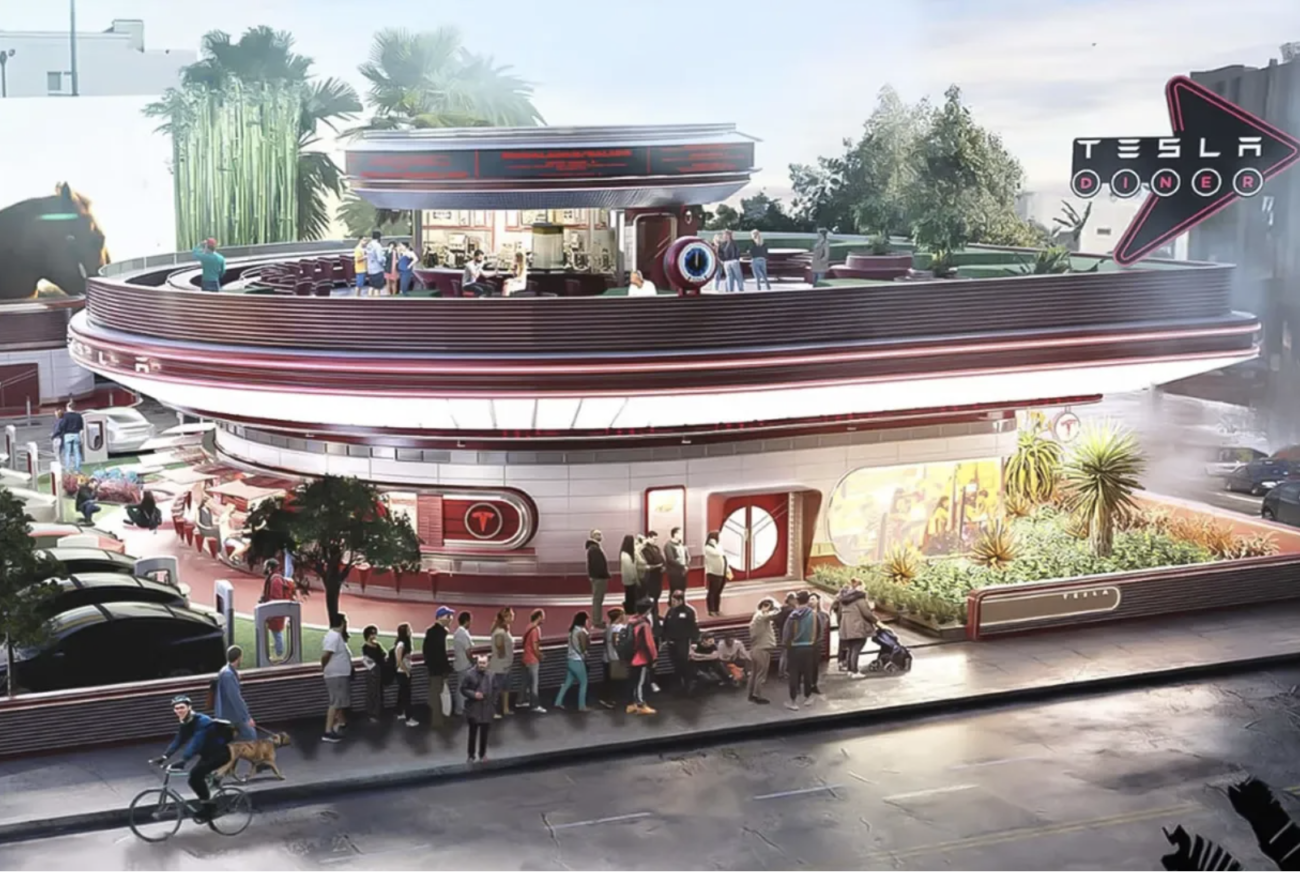Customers Are Masters Of The Retail Universe
Three hosted an event recently with guest speaker Howard Saunders, a prominent Retail Futurist who has helped his clients to survive and thrive by taking a fresh look at what they do, how they do

Three hosted an event recently with guest speaker Howard Saunders, a prominent Retail Futurist who has helped his clients to survive and thrive by taking a fresh look at what they do, how they do it and what they stand for. Here we share his insights into the future of retail and specifically, how the world’s big brands are reinventing themselves and using data and in-store theatre to reign supreme.
The world of retail has been flipped on its head in recent years. With online shopping on the rise and well-known stores closing their doors, the future looks uncertain for those still standing. To counter these challenging times, retailers are embracing technology and responding to consumer demand by discovering new and exciting ways to present their brands, products and services.
Is the retail store dead?
While hundreds of thousands of stores are still open and doing very well, the traditional brick and mortar retail store that doesn’t seek to innovate is surely on the road to doom. This year alone we have witnessed the end for Toys R Us, Mothercare and Poundworld; stores that once had a firm hold within their markets. Just last week, House of Fraser announced the closure of 31 of its stores, and while a rescue bid is currently in progress, it’s not a good sign for the industry.
Retailers are feeling the brutal effects of a jump in inflation, sluggish wage growth and the hot breath of online giants like Amazon on the back of their necks. So, what is to be done? As a retailer do you simply become resigned to your fate and wait for the shutters to come down? Or, do you develop new strategies that dig deeper into your brand and reveal exciting ways to market, beyond the product?
The great overlord of data.
You only have to look in your pocket to see how retail has changed. Where once we had to leave the house to locate the stuff we needed, the smartphone not only does this for us, but keeps us informed of discounts, offers and new product launches. The Great Overlord of Data, or GOD for short, gives us instant access to everything, whether we want to find out the age of an actor or the region the wine we are drinking right now is from. And what GOD gives us it also takes away, in the form of consumer data that can be used to build profiles that tell retailers what we like, where we shop and what we’re likely to need in the future. In the race to secure customers, data is huge, and all the smart brands are creating big data strategies that allow them to leverage the secrets that this data holds.
Masters of the universe.
The brand is no longer the master of the universe, it is the customer. It has to be. Consumers are no longer blown away by convenience, speed or availability.
“Their loyalty is driven by delight, by being astounded by what’s possible, but at the same time being able to get and use the stuff they need seamlessly and effortlessly.”
What’s more, they know they are at the heart of everything and that they are spoilt for choice. It’s a big shock for retailers who have always expected the customer to come to them, who have stocked row upon row of products and who have always done it this way. Retail has a lot to worry about, but worry can be good for the soul and can create just the right amount of momentum to do amazing things.
We are witnessing a milestone moment.
It’s a great time to be alive… if you’re a consumer. From the Amazon store that allows customers to do the weekly shop without queues or cash, to the Glade Museum of Experience that allows guests to walk into rooms dedicated to a specific scent, brands are stepping away from the norm and exploring new ways to delight their customers.
Not only are brands discovering new ways to sell, but also how to tell a story that resonates with their target market. Brand stories are the new big thing, and when told well they can make a real impact that secures the loyalty of existing customers and the fascination of new ones. Take the Jack Daniels pop-up General Store in Manhattan, for example. Here, the village of Lynchburg, Tennessee (home of the famous tipple) has been recreated right down to the finest detail. Visitors to the store can get their hair cut at the village barbershop, take a virtual tour of the Lynchburg distillery, get their name painted on a Jack Daniels barrel and of course try and buy some bourbon. The story here is that the brand is 150 years old and still prides itself on its old-fashioned values. Visitors walk away with a new appreciation of the brand and a meaningful connection to its product.
“Then there are the ‘brand playgrounds’ that sell no products at all.”
The Samsung store in Manhattan may occupy three floors, but you won’t find a single product on sale there. What you will find is personalised music and product launch events that put the customer front and centre. On entering the store, visitors are asked to have their photo taken on a Samsung Galaxy. Within seconds that image is displayed for all visitors to see on a huge screen. The best bit? The image is made up of thousands of selfies from previous visitors. A small thing, but one that instills joy and wonder – every reason to fall in love with a brand.
Lights, camera, retail.
Contrary to what the latest news reports and statistics might say, consumers will often revert back to their comfort zone when making a purchase. They still want the whole customer service experience and to touch and feel products before they make a decision. What they don’t want is to spend hours browsing, queuing or comparing.
In-store theatre and brand playgrounds are becoming a more important factor in the industry. With customers constantly digesting a diet of new experiences through web surfing and social media, it’s critical to feed this appetite in store, too. It’s about creating a sensory experience, a place of discovery and making visitors feel at ease and want to explore.
Via three
 English
English





